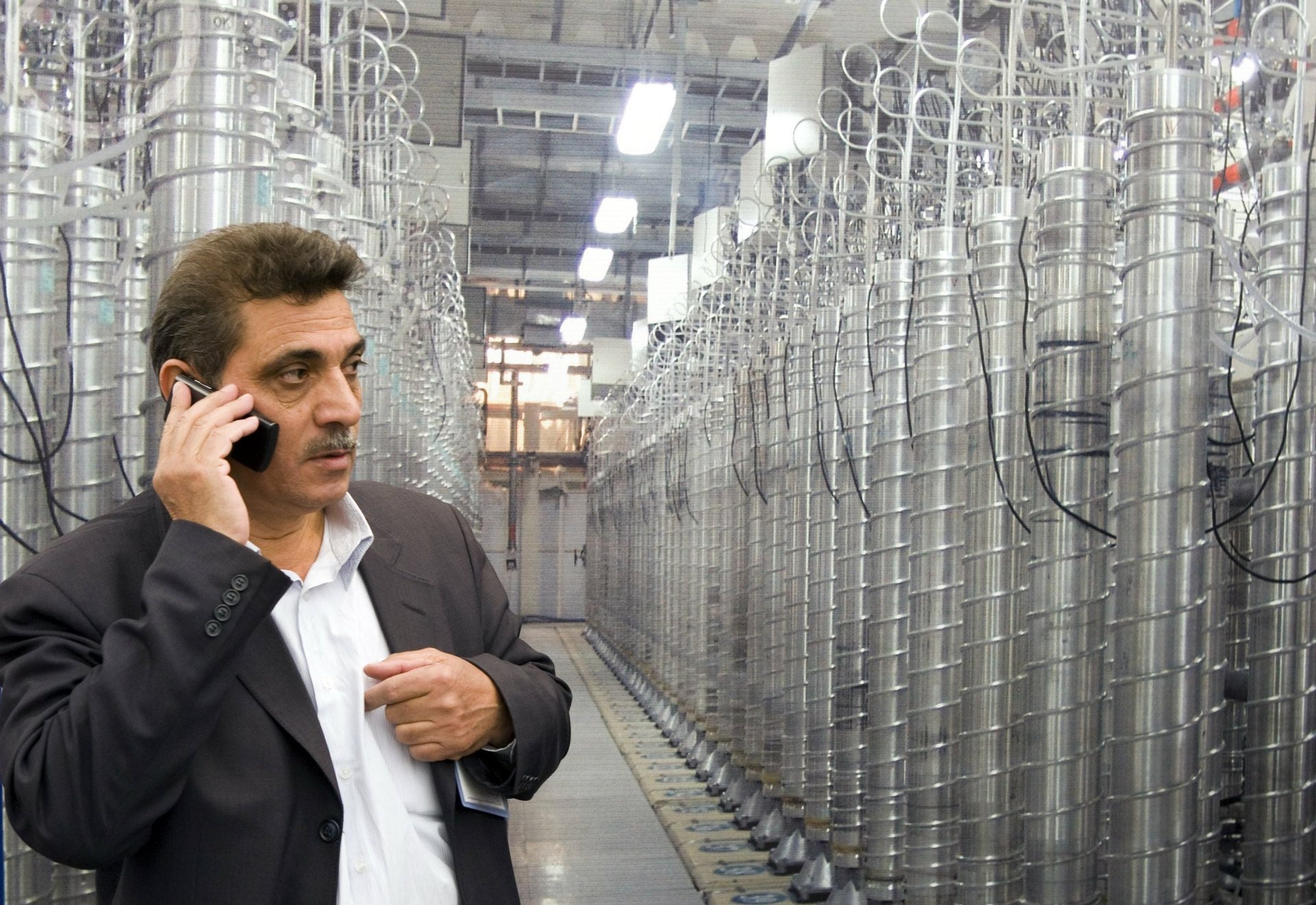A trial balloon floats up from the Iranian nuke talks in Lausanne
According to the Associated Press, negotiators gathered in Lausanne, Switzerland, to make a deal on Iran’s nuclear program have finally reached a draft proposal. It requires the regime in Tehran to shut down some 40% of the 10,000 centrifuges it currently uses to enrich uranium, for 10 years. In return, Iran gets immediate relief from stifling economic sanctions.


According to the Associated Press, negotiators gathered in Lausanne, Switzerland, to make a deal on Iran’s nuclear program have finally reached a draft proposal. It requires the regime in Tehran to shut down some 40% of the 10,000 centrifuges it currently uses to enrich uranium, for 10 years. In return, Iran gets immediate relief from stifling economic sanctions.
The AP report quotes “officials”—it doesn’t say whether they are Iranian, or from the so-called “P5+1” group at the other side of the negotiating table, representing the five permanent members of the UN Security Council, plus Germany.
The outline described in the report represents a significant win for Iran. If it is indeed allowed to maintain 6,000 centrifuges, that will be a big concession from the Western powers, which originally were going for fewer than 1,500. But 10 years is not an especially long time for Iran to hold its nuclear ambitions in abeyance. As for immediate sanctions relief reportedly being offered, that could give Tehran $1.6 billion a month in oil revenue, by some calculations.
But are those really the terms of the deal? The timing of the disclosure—the negotiations are at a crucial moment—suggests it is, at the very least, a trial balloon. The deadline for the negotiators to approve a draft deal is March 31. (The two sides when then have until the end of June to reach a final agreement.)
Strategic leaks are a tried and tested way to gauge the mood outside the negotiating room—and a way to bring external pressure on the other side at the table. It’s interesting that at least one European negotiator says a deal is a long way off, and that the Iranians need to give more.
It’s hard to imagine the terms in the AP report would please Binyamin Netanyahu, Israel’s newly reelected prime minister, and the 47 Republican senators who wrote that controversial letter to Iran’s supreme leader, Ayatollah Ali Khamenei. Nor would they satisfy hardliners in Iran, who were adamantly opposed to giving up any centrifuges.
In any case, the balloon’s gone up: now look out for the responses.